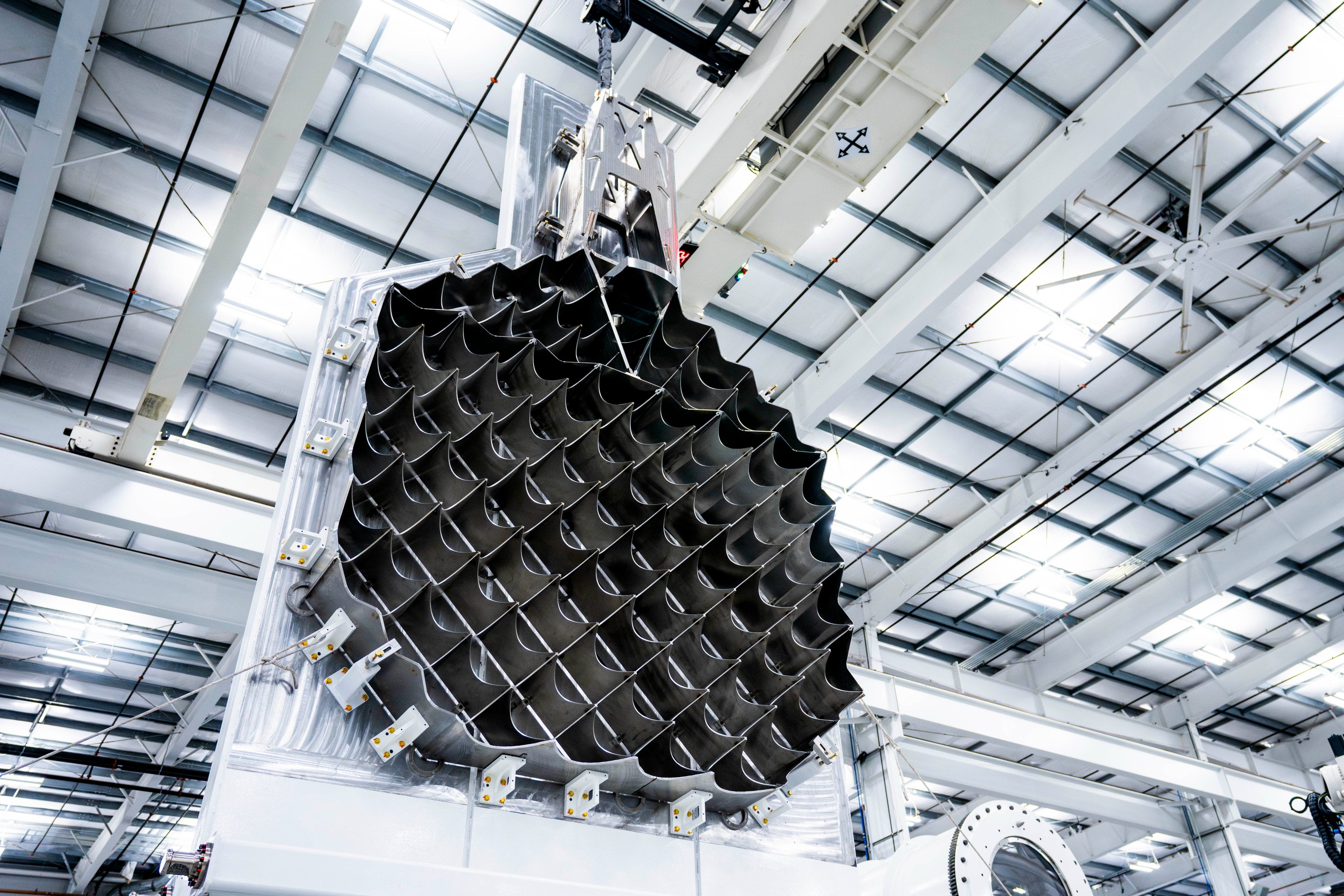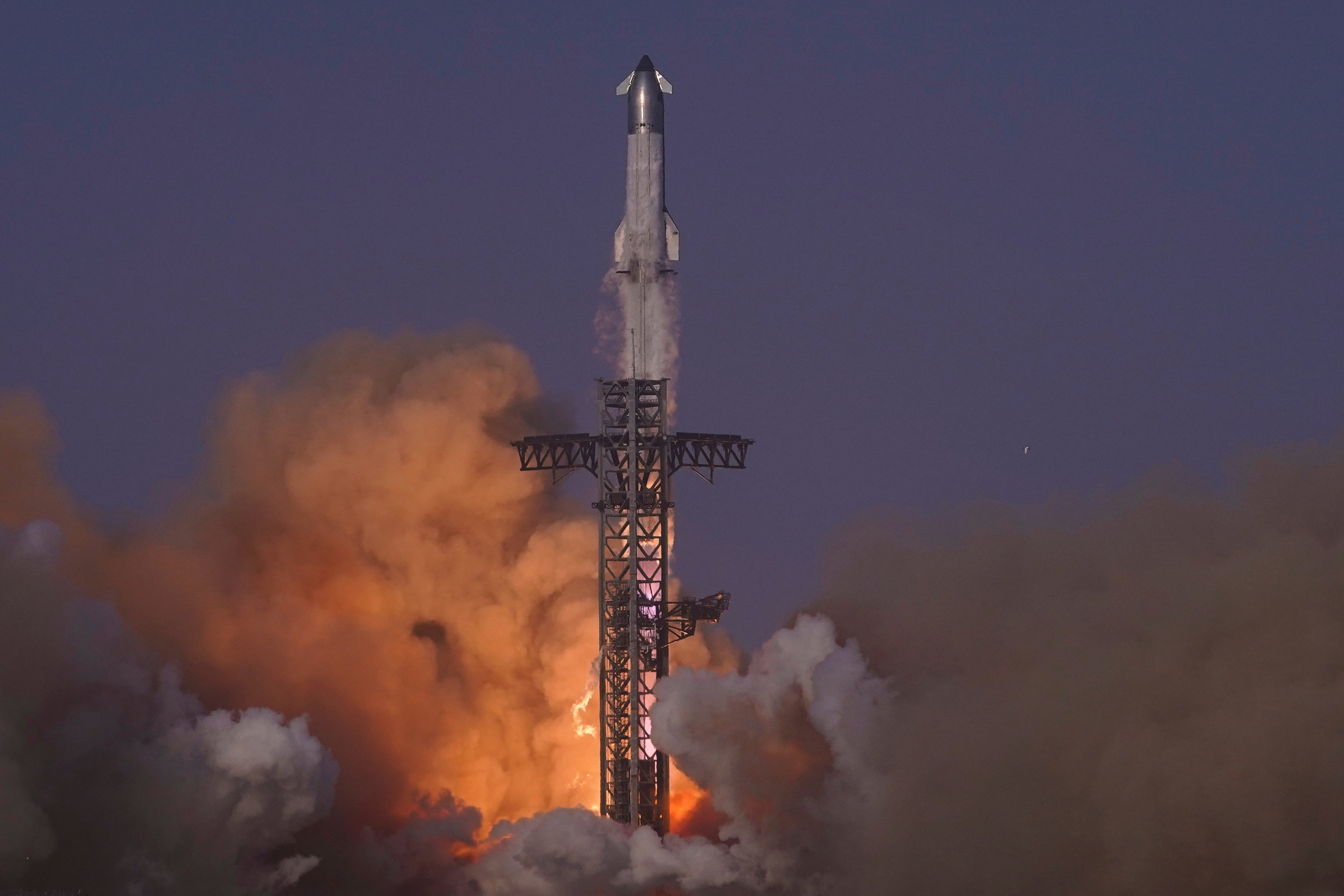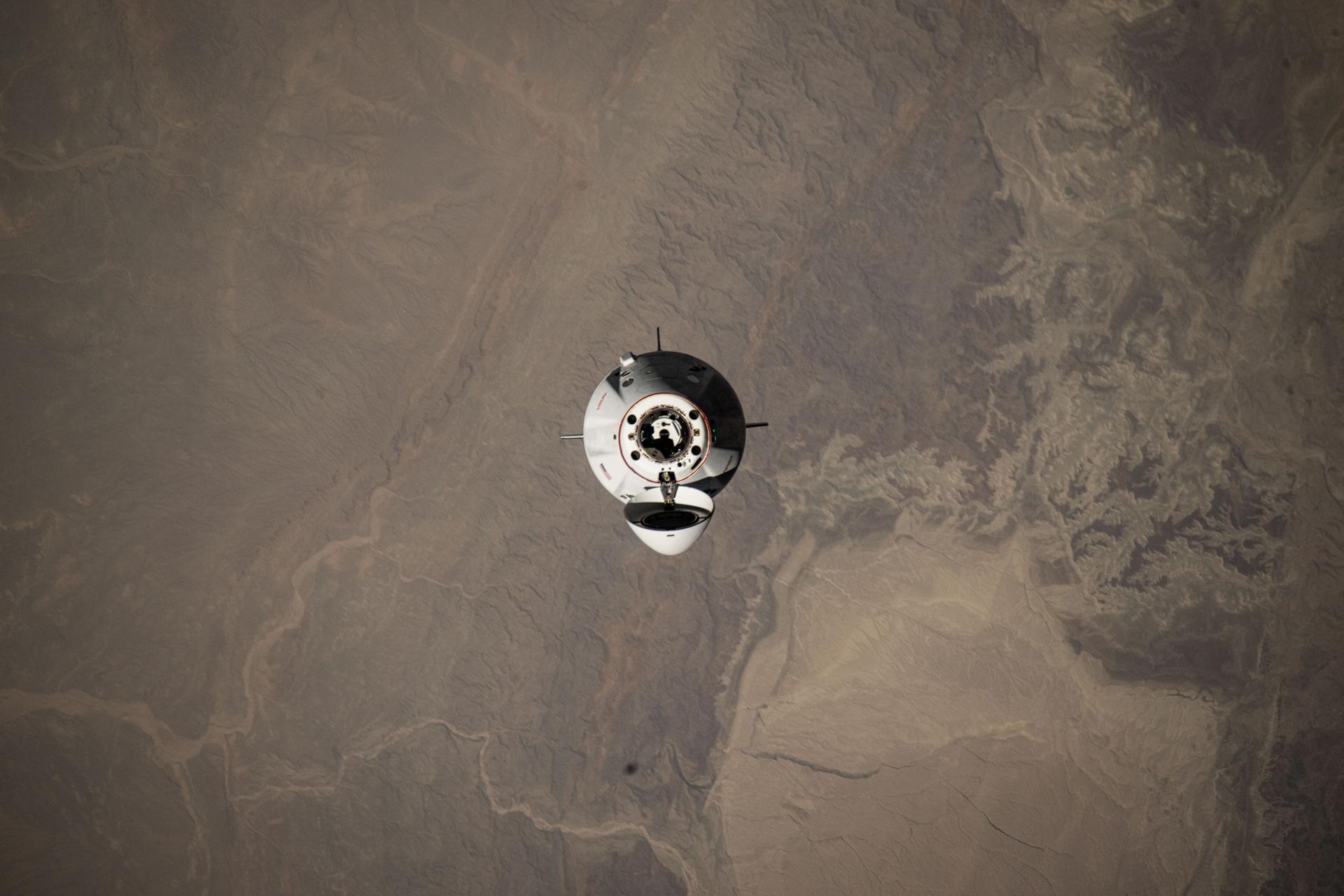SpaceX has unveiled a radical redesign of its Starship rocket after several failed flight attempts of the Mars-bound rocket.
Elon Musk’s space company announced on Wednesday that it will remove one of the key landing fins used to guide the Super Heavy booster rocket back to Earth.
The next generation rocket will instead feature three grid fins that are stronger and 50 per cent larger than previous versions.
The most recent attempt to launch and land the rocket’s Super Heavy booster, which took place in May, saw the giant rocket fail to land back at its launchpad, instead crashing into the Gulf of Mexico. The main ship made it over the Indian Ocean before exploding.
“The redesigned grid fins are 50 per cent larger and higher strength, moving from four fins to three for vehicle control while enabling the booster to descent at higher angles of attack”, the space firm wrote in a series of posts to X.
“They’ll also be used for vehicle lift and catch, made possible by a new catch point addition and a lower positioning on the booster to align with the tower catch arms.”

SpaceX boss Elon Musk shared SpaceX’s post on X with the comment: “Best part is no part.”
The next Starship launch could take place as early as this weekend, according to maritime hazard warnings issued by the US Coast Guard for the rivers, waterways and sea areas surrounding SpaceX’s Starbase facility in southern Texas.
Earlier this month, Mr Musk said in a post to X that SpaceX was “tracking to launch Starship mid August”.
SpaceX typically doesn’t reveal when test flights will take place until a day or two before they are set to launch.

The latest maritime notices suggest an attempt could take place on 16 August, with a launch window scheduled between 6.30am and 8.30pm local time on Saturday.
“Navigation hazards from rocket launching activity may include, free falling debris and/or descending vehicles or vehicle components, under various means of control,” the advisory noted.
The latest test flight, called Flight 10, will be a critical test of Mr Musk’s Mars ambitions, who has previously stated his intention to send the world’s biggest rocket to the Red Planet by the end of 2026.
In a post to X in March, the tech billionaire said Starship would depart for Mars at the end of next year carrying Tesla’s humanoid robot Optimus.
“If those landings go well, then human landings may start as soon as 2029, although 2031 is more likely,” he said.
Source link
